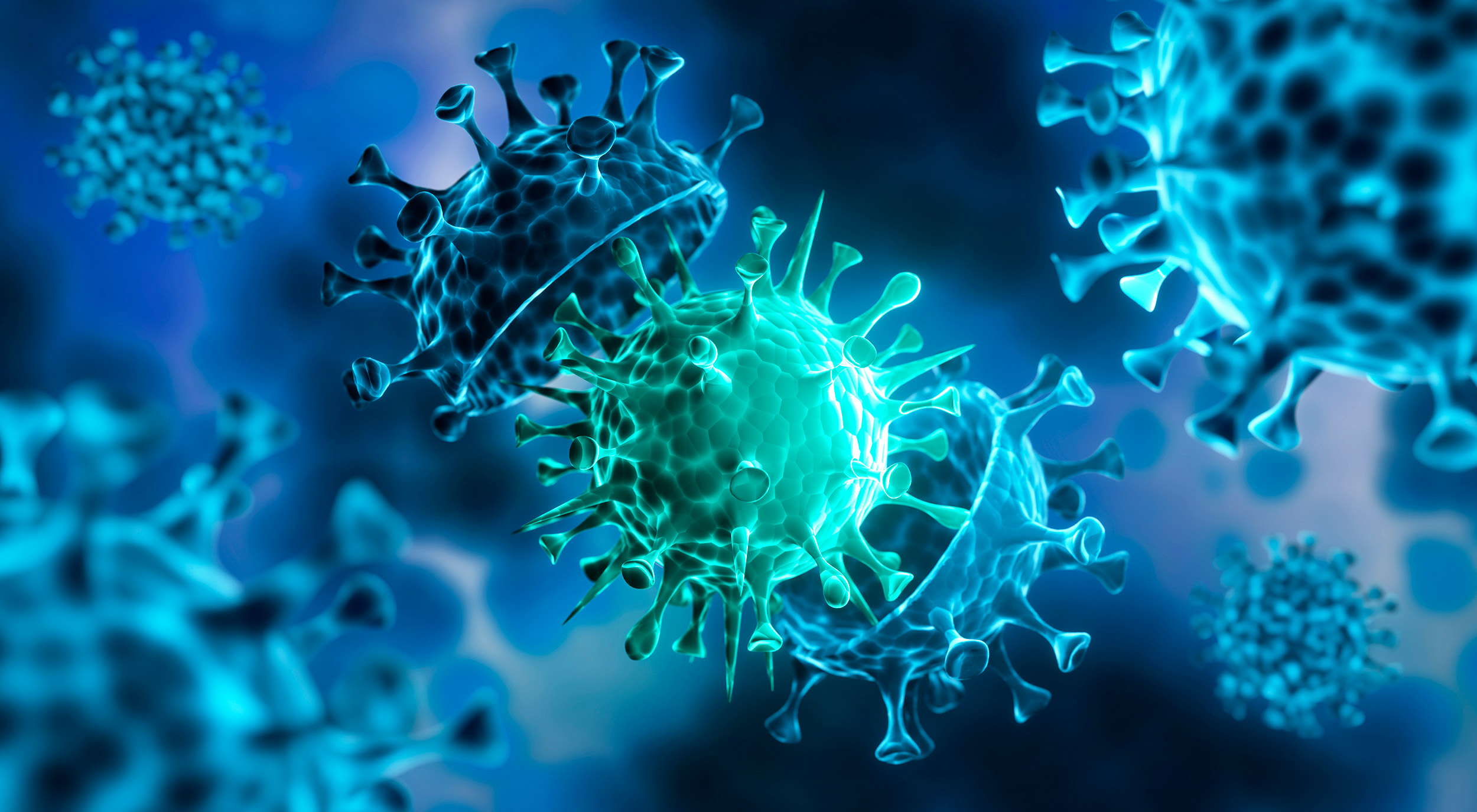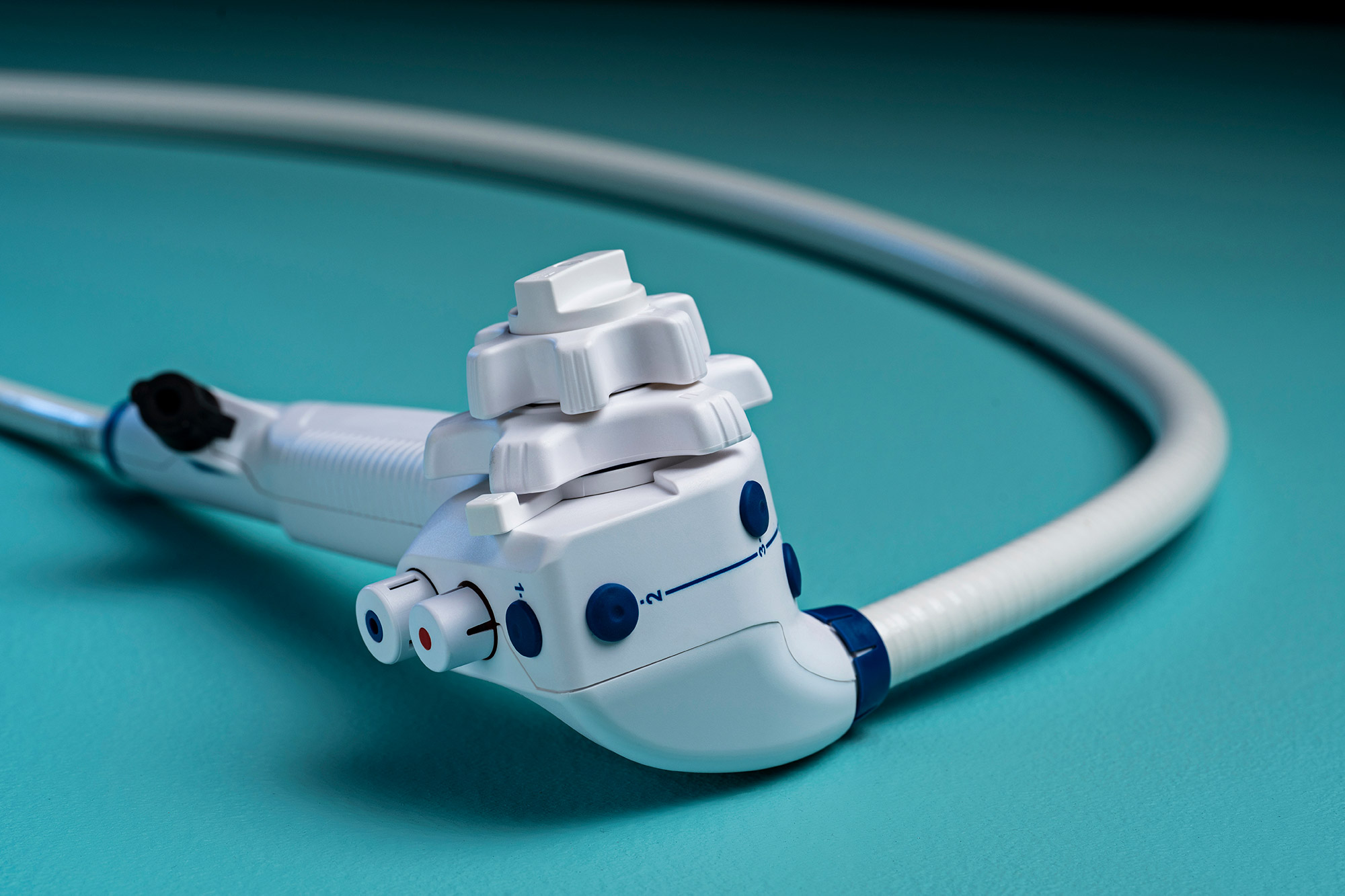
A pair of studies found COVID-19 patients experience severe genitourinary symptoms during infection and new or worsening overactive bladder (OAB) symptoms after recovery.
The studies were presented virtually during the American Urological Association (AUA) annual meeting in September 2021 and published as abstracts in The Journal of Urology.
The first found patients with COVID-19-associated cystitis experienced worsening urinary urgency, frequency, nocturia, and pain or pressure upon voiding.
The symptoms, the researchers write, were not due to urinary tract infection, acute renal injury, prostatitis, or urinary retention. They do lead to a decrease in quality of life, with nocturia being the most bothersome symptom.
The study included 53 patients hospitalized with COVID-19 and 12 asymptomatic control patients. Their median age was 64.5 years.
Most COVID-19 patients did not present the virus in their urine, but levels of inflammatory cytokines increased. This may correlate to the severity and duration of infection, according to the research.
Another study assessed OAB symptoms after patients had recovered from COVID-19. It concluded that the “exacerbation of symptoms post-COVID-19 in patients with existing OAB was evident” through increases in symptom severity scores and deteriorating quality of life.
This study included 350 patients who also had a median age of 64.5 years and a median hospital stay of 10 days.
The Urology Care Foundation, the official foundation of the AUA, recognizes November as Bladder Health Month and promotes education regarding different bladder health conditions.


